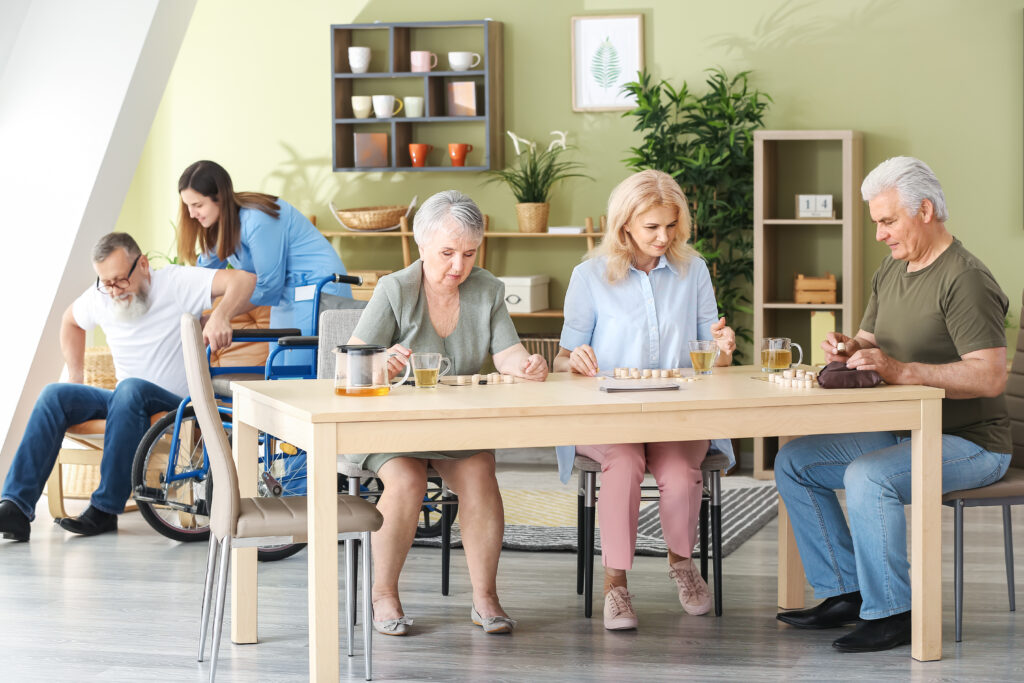Adapting home routines to accommodate a patient’s changing needs is crucial for ensuring their comfort, safety, and overall well-being. This process involves understanding the patient’s evolving physical, emotional, and social requirements and making adjustments accordingly. Here’s a straightforward guide on how to adapt home routines effectively:
## Understanding the Patient’s Needs
The first step in adapting home routines is to understand the patient’s changing needs. This involves recognizing any changes in their physical health, such as reduced mobility or increased pain, as well as emotional challenges like loneliness or anxiety. Regular discussions with the patient, their family, and healthcare professionals are essential for gathering this information.
## Reviewing and Updating Care Plans
Care plans should be reviewed regularly to ensure they remain relevant and effective. This review process involves reassessing the patient’s abilities and needs, discussing observations with family members, and liaising with healthcare professionals for updated advice. If changes are required, the care plan should be updated immediately, and all team members should be informed.
## Responding to Physical Health Changes
As patients’ physical health changes, their care routines must adapt. For example, if a patient experiences reduced mobility, introducing mobility aids like walking sticks or wheelchairs can be helpful. Physiotherapy or exercises can maintain strength, and pain management strategies should be reviewed regularly. Special dietary requirements may also need to be addressed, such as managing diabetes or swallowing difficulties.
## Supporting Mental and Emotional Well-being
Elderly individuals often face emotional challenges, such as loneliness or grief. Care routines should include time for meaningful interactions to reduce loneliness and arrange group activities or social events that they might enjoy. For those with cognitive challenges, memory aids like personalized reminders or visual cues can be beneficial. Referring them to mental health services when necessary is also important.
## Promoting Independence and Choice
It is vital for patients to feel they still have control over their lives. Care routines should encourage independence where possible and respect their decisions. Offering choices in daily activities, supporting tasks they want to handle themselves, and allowing time for them to complete tasks at their own pace can help maintain their sense of achievement.
## Adapting to Social and Environmental Changes
Social and environmental factors can significantly impact patients. If they move to different living accommodations, care routines may need to be adjusted to suit the new environment. Offering companionship during bereavement or other forms of loss and linking them to community groups can reduce isolation. Environmental adjustments like installing grab rails or improving lighting can increase safety.
## Considering Cultural and Religious Practices
Each patient comes from a unique cultural and religious background. Their care plan should reflect this and respect their identity. Honouring dietary preferences, allowing time for prayer or other religious practices, and scheduling activities around important religious holidays can contribute to their overall sense of belonging and well-being.
## Communicating Effectively
Effective communication is key when adapting care routines. This involves using simple, clear language, speaking at an appropriate volume and pace, and encouraging the patient to share their thoughts without interruption. Seeking input from family members or legal representatives is also important to ensure that all changes support the patient’s wishes and needs.
By following these steps, you can create a supportive and adaptable home environment that meets the evolving needs of your patient, enhancing their quality of life and ensuring their comfort and dignity.



